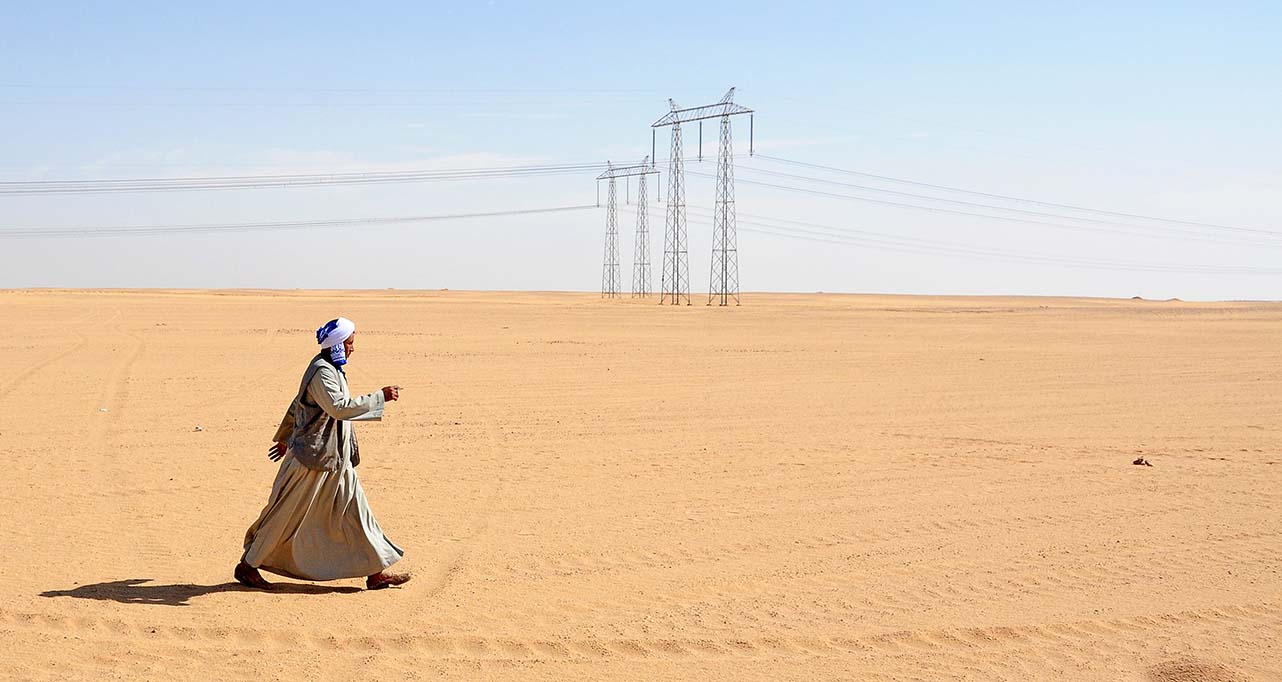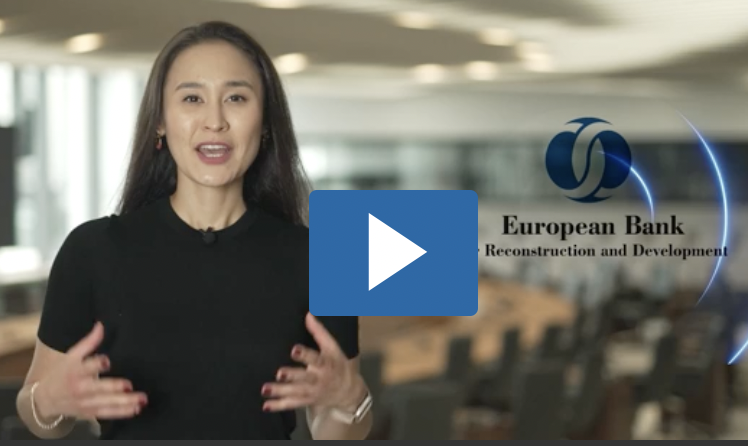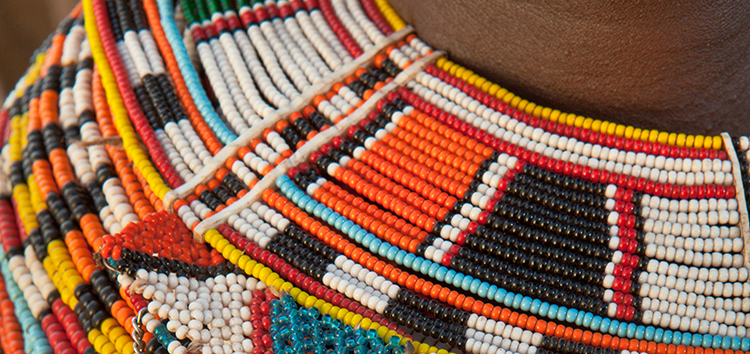These cookies cannot be disabled. They are essential for core functionality in ebrd.com to ensure a seamless and secure experience.
From my base in South Africa, I’ve spent the last seven years after leaving the EBRD hopping across the vast and varied landscape of sub-Saharan Africa, helping to drive the development of distributed renewable energy. The scope and scale of the work to be done here are both daunting and invigorating.
Welcome to the party, EBRD, there’s so much you can do here!
Building on the basics
The EBRD’s strength lies in the way it works – boots on the ground and relationship-building at its core. This approach, a hallmark of the EBRD’s efforts in other regions, will be key as the Bank moves into sub-Saharan Africa, where personal relationships are invaluable.
What’s different about sub-Saharan Africa?
Sub-Saharan Africa presents a rich and diverse canvas – vast unindustrialised expanses and heaving urban centres with sputtering infrastructure.
With more than 600 million people without access to electricity and a thriving fintech ecosystem, there is immense potential in the emerging sectors. It’s a place where traditional finance models may struggle to reach the people who could benefit the most.
Understanding this reality means recognising that infrastructure here doesn’t look like the traditional models the EBRD may have encountered before. The complaint I hear most often, from country to country, is that there are solid financing opportunities with predictable and quantifiable risk profiles, but the multilateral development banks (MDBs) aren’t coming to market with the instruments, appetite or ingenuity required.
A unique toolkit for a unique region
Truth be told, in the EBRD’s new economies there is not a huge wealth of mid-market or second-tier companies primed for growth.
Beneath the few large blue-chip companies, you have a tapestry of micro, small and medium-sized enterprises (MSMEs) that are more challenging for an MDB to reach. I’m encouraged by the EBRD’s history of innovating to meet such markets where they are. Think blended early transition country (ETC) funds designed to take on the most challenging markets, an enviable track record of on-lending through partner financial institutions, and a more nimble credit department able to assess and navigate more complex risks than other MDBs. All of this gives the EBRD a leg-up when it comes to assessing and addressing local needs.
Sub-Saharan Africa’s landscape, with its diverse economies and needs, will benefit from the EBRD’s appetite for complexity and flexibility.
Opportunity in innovation
A defining strength of this region is its dynamic private sector – a landscape where businesses leapfrog traditional infrastructure and have the appetite to experiment. In the renewable energy sector, communities and businesses tired of waiting for a reliable grid are switching to distributed systems, where homeowners and businesses pay for their power through mobile money linked to their smart meters and they monitor system reliability on their digital platforms. As a result, we are able to aggregate powerful digital datasets around asset performance, consumer behaviour, consistency of revenue and payments, and company performance.
Technology like this can demystify key sectors, aggregate opportunities and open the door to savvy finance providers.
Tailored advice for a new frontier
If the EBRD wants to stay relevant and impactful, the key will be designing financial tools and frameworks that reach and resonate with local businesses. My advice? Go beyond the usual channels. Seek out non-traditional intermediaries who can help you reach those smaller companies and dynamic players often overlooked by larger institutions. These are the entities that make up the backbone of the region’s market and, through them, the EBRD can truly meet the needs of sub-Saharan Africa. Let's get to work!




